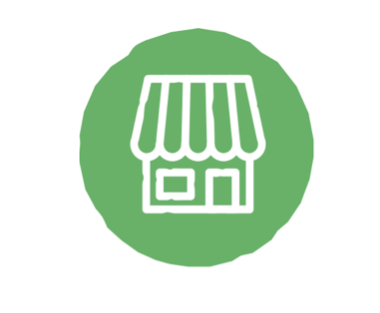February 08, 2024 - 3 comments
You might have heard about the European Union's recent wine labelling regulation, which requires winemakers selling in the EU to disclose a comprehensive list of ingredients, preferably through QR codes. This allows consumers to scan and access detailed information about their wine—a notable shift in transparency. Previously, certain conventional winemakers were not obligated to disclose potentially unfamiliar ingredients like Dimethyldicarbonate, Polyvinylpolypyrrolidone, Potassium ferrocyanide, carboxymethylcellulose, Polygalacturonase, and over a hundred other ingredients they were legally allowed to use in their wines without informing the consumer.

Compliance with the law is ensured by displaying ingredients and nutritional information on either the front or the back label of the bottle. If this is done, the QR code becomes unnecessary. For natural winemakers, this is a lot easier, as they use only one main ingredient: grapes. Preservatives (Sulfites) are also required, and a nutritional declaration specifying the energy value per 100 ml is mandatory.

However, for the more chemically inclined winemakers, they will need to provide a list of acidity regulators, preservatives and antioxidants, sequestrates, fermentation activators, clarifying agents, stabilising agents, enzymes, gases and packaging gases, fermentation agents, defect correctors, and more. Wow!

For sparkling and aperitif wines, the regulations apply to products produced on or after December 8th, 2023, with still and liqueur wines falling under the new requirements from the 2024 vintage onward. However, a comforting 2-year transition period allows for a lenient approach by authorities if the mandatory information is temporarily absent from your bottles.

Curious about creating a QR code for your bottles? Raisin is set to launch a QR code generator, promising an efficient tool for compliance to make natural winemakers' lives easier. We want to help winemakers concentrate on doing what they do best: making amazing wine!
Natural winemakers, create a FREE QR code to put on your bottle labels.













